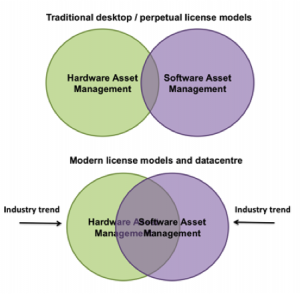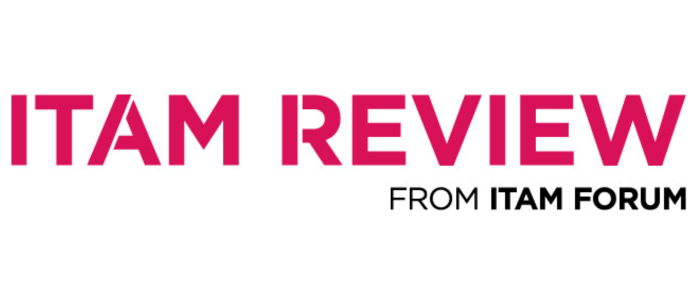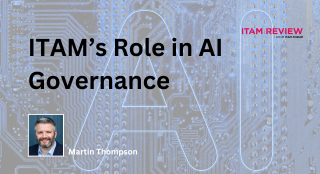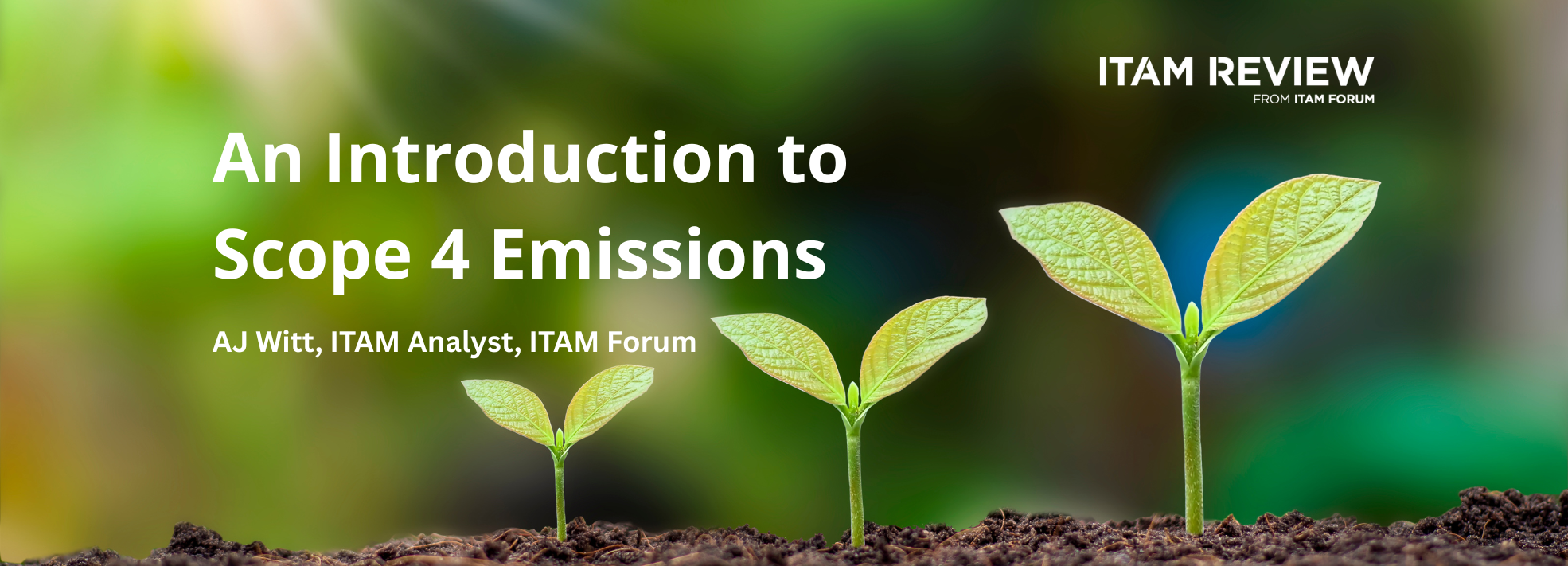The convergence of SAM and HAM
 This is part two of a two-part series on environment recognition. See part one here: ‘Modern SAM requires ‘Environment Recognition’ as much as ‘Software Recognition’.
This is part two of a two-part series on environment recognition. See part one here: ‘Modern SAM requires ‘Environment Recognition’ as much as ‘Software Recognition’.
In my last article I explored the concept of ‘environment recognition’. I suggested that modern Software Asset Management (SAM) is not just about recognizing software in your estate and counting installs, but also understanding the environment in which it is used. In this article I will explore some real life examples of license models that require environment recognition.
There is a convergence in the industry between software, hardware and configuration detail in license models. You could argue that this is mainly due to Moore’s law and the logarithmic growth in processing power and virtualization technologies in datacentres.
Software publishers can maximize license revenue by aligning themselves to this growth in computing power. If software publishers were only charging for their software based on installs they would be missing out on significant leaps forward in innovation and value from the software.
The convergence between SAM and Hardware Asset Management (HAM) has serious impact to how we measure compliance, usage and value and is causing many organizations to revisit their entire SAM strategy.
Environment Recognition Examples
The following license models are examples of high value software that requires much more than simply counting the number of installs in order to verify compliance:
- Microsoft SQL Server– Simply counting the number of installations of Microsoft SQL Server is not good enough. Microsoft SQL Licensing might require that you identify memory used, processors and cores of the physical device, virtualization strategy, failover and test strategy, business use of the server (e.g. Production, Test, Failover etc.) and enterprise use or connectivity e.g. Client Access consumption.
- Autodesk, Adobe, and Office 365 – Autodesk and Adobe have been pushing their clients towards user centric subscription models rather than per traditional per installation models. Similarly Microsoft Office365 licensing entitles usage of software and services across multiple devices – license compliance is based on users and the relationship between devices rather than simply licensing the existence of software. Microsoft recently stated ‘around 80% of organisations are making the shift from device to user centric agreements when renewing’
- Oracle, IBM – Oracle database licensing is based on the underlying hardware of the database, what it might possibly use in terms of processing power and how the database is configured. Similarly IBM licensing in the datacentre is based on the underlying hardware profile of devices and processing capacity rather than simple existence of software.
https://twitter.com/itammartin/status/476321649927929856
At ITAMS, we recommend to clients that a SKU Catalogue underpin their SAM strategy.
A SKU catalogue allows organizations to build a verified system of record to capture all of the environmental conditions required to measure compliance, usage and maximize value from software investments…. No matter how many inventory and procurement sources the Asset Manager may be juggling with!
Can’t find what you’re looking for?
More from ITAM News & Analysis
-
83% of IT Managers Believe their Asset Data is Highly Accurate - Only 35% of the Business Agrees
New and interesting research from WanAware hits at the nub of the disconnect many IT Asset Managers might feel about the value they deliver. The ‘Closing the ITAM Confidence Gap. 2025 Survey Insights for IT Leaders’ ... -
Microsoft Q4: Cloud and AI Results Drive Record Revenue
On 30th July 2025, Microsoft released its much-anticipated FY25 Q4 earnings report. The results follow a surprisingly strong Q3, which exceeded the expectations of some of the most optimistic investors. The latest Q4 results continue with ... -
10 Strategic Lessons for Tackling Compliance, Audits, and Software Licensing Risk in 2025
The ITAM Forum’s 2025 global ITAM research report in partnership with Azul reveals some fascinating insights into the financial, operational, and compliance risks involved in software licensing and audits. This article provides a high-level overview of ...
Podcast
ITAM training
Similar Posts
-
The M&S Cyberattack: How IT Asset Management Can Make or Break Your Recovery
Marks & Spencer (M&S), the iconic UK retailer, recently became the latest high-profile victim of a devastating cyberattack. Fellow retailers The Co-Op and Harrods were also attacked. Recent reports suggest the rapid action at the Co-Op ... -
AI in ITAM: Insightful Signals from the Front Line
During our Wisdom Unplugged USA event in New York in March 2025, we engaged ITAM professionals with three targeted polling questions to uncover their current thinking on Artificial Intelligence—what concerns them, where they see opportunity, and ... -
How ISO/IEC 19770-1 Can Help Meet FFIEC Requirements
In the world of ITAM, the regulatory spotlight continues to intensify, especially for financial institutions facing increasing scrutiny from regulatory bodies due to the growing importance of IT in operational resilience, service delivery, and risk management. ... -
An Introduction to Scope 4 Emissions
Executive Summary For ITAM teams, sustainability is a core responsibility and opportunity. Managing hardware, software, and cloud resources now comes with the ability to track, reduce, and report carbon emissions. Understanding emission scopes—from direct operational emissions ...




